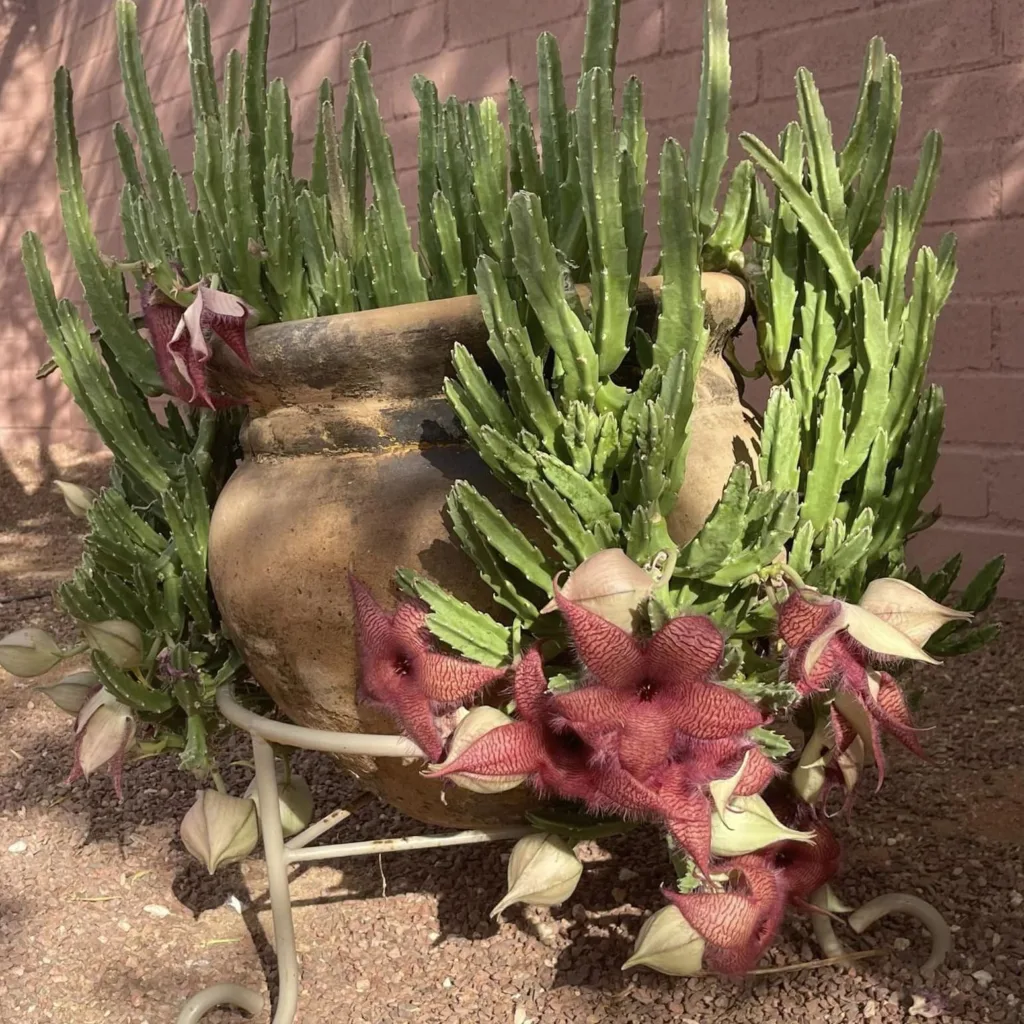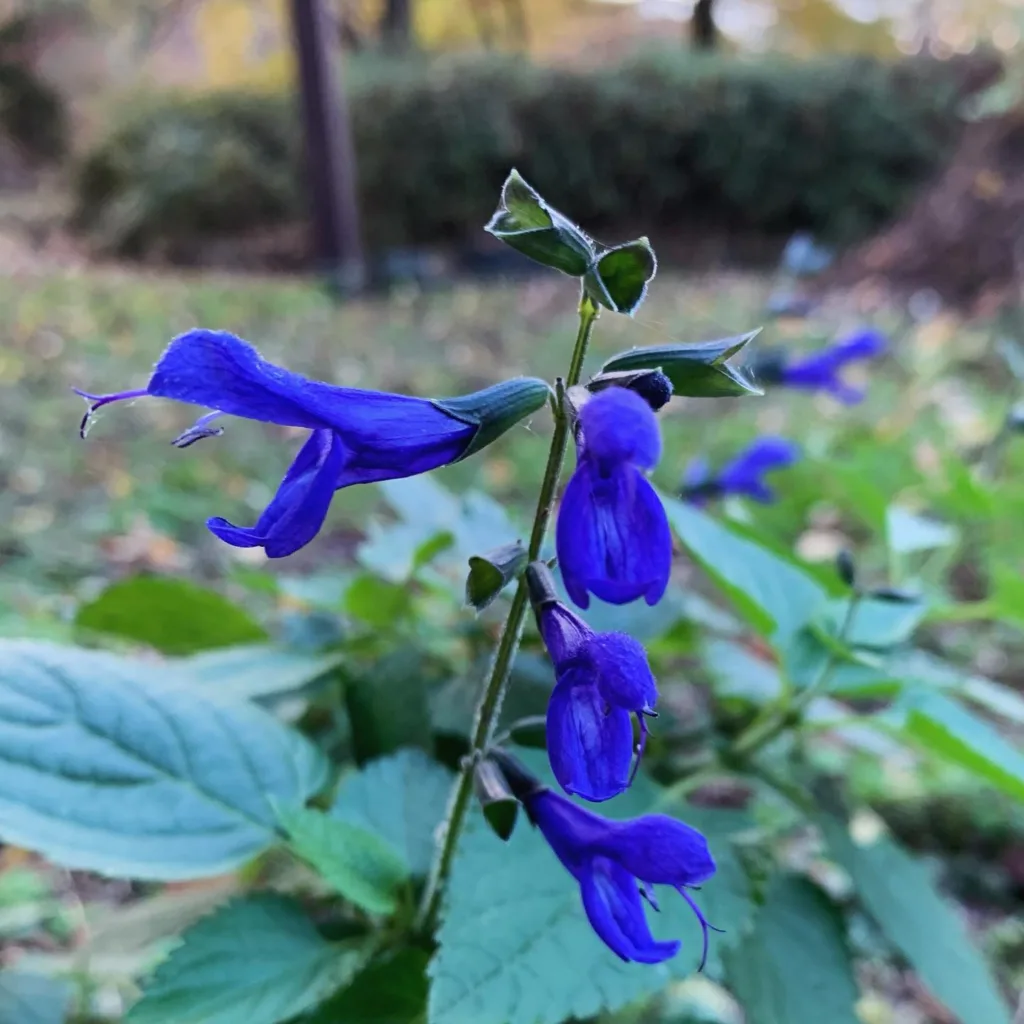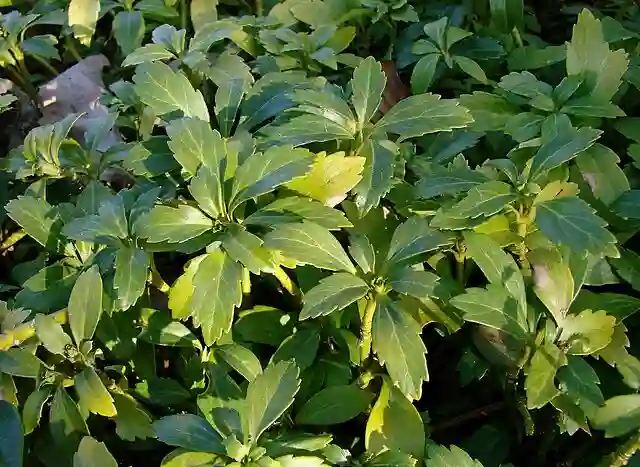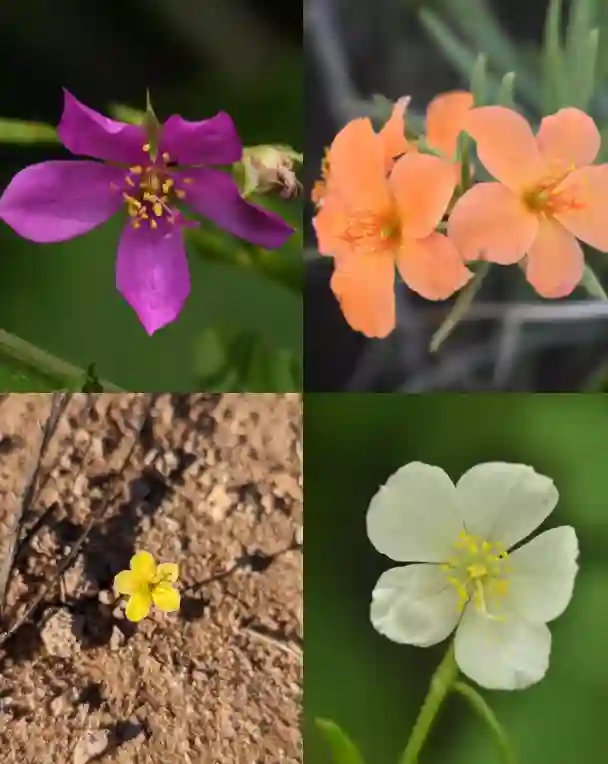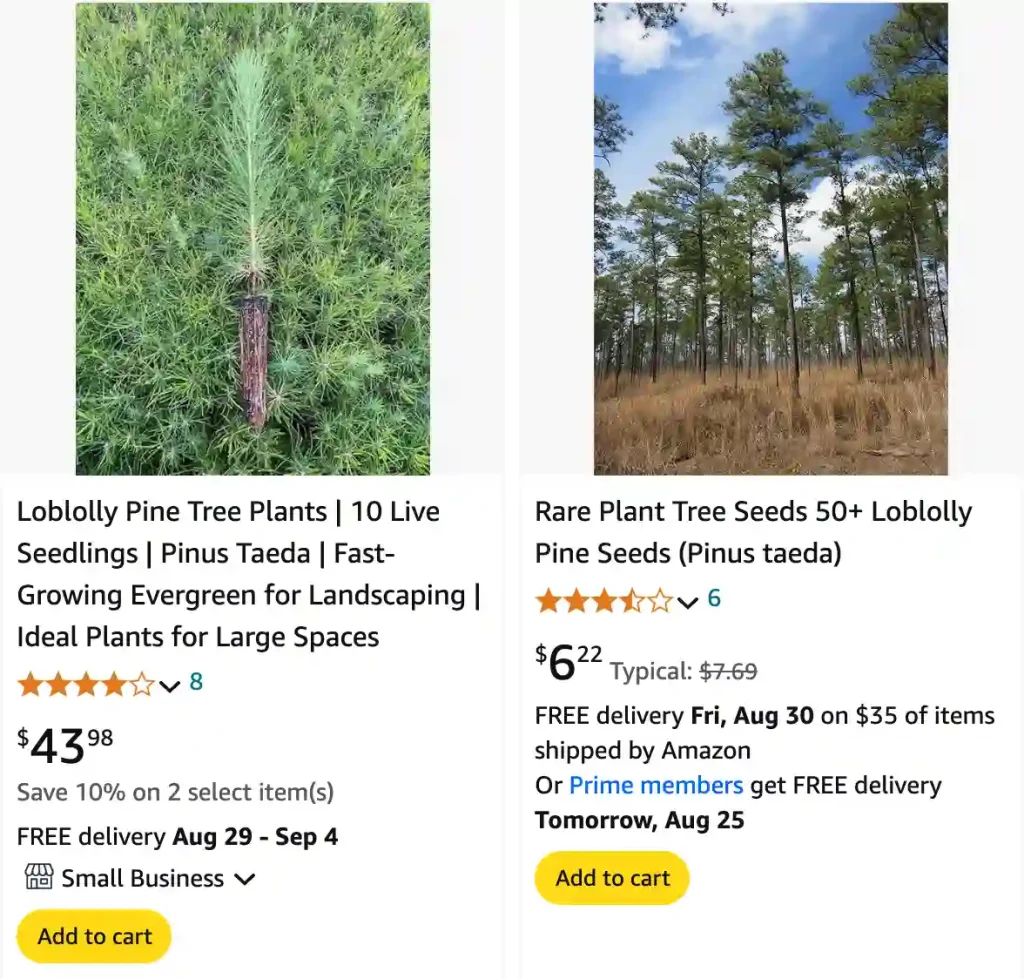
FAQs About Loblolly Pine
As a plant enthusiast, I’ve often found myself fascinated by the Loblolly Pine. It’s a versatile and hardy tree that stands out among the various species of pine. Below, I’ll go over some of the frequently asked questions about this tree, drawing from my personal experiences and observations.
139 Species in Genus Pinus
What is a Loblolly Pine?
The Loblolly Pine (Pinus Taeda) is one of the most common pine species in the southeastern United States. It’s a tall tree, typically reaching heights of 60 to 100 feet, with a straight trunk and a relatively open canopy. Its bark is thick and deeply furrowed, which makes it quite distinct. The needles are long, usually growing in clusters of three, and they have a deep green color.
How Fast Do Loblolly Pines Grow?
Loblolly Pines are known for their rapid growth rate. In ideal conditions, they can grow up to 2 feet per year. This fast growth rate makes them an excellent choice for those looking to establish a quick landscape or for timber production. From my experience, providing ample sunlight and well-drained soil can significantly boost their growth.
How Long Do Loblolly Pines Live?
Loblolly Pines have a lifespan that ranges from 100 to 300 years. Most of the Loblolly Pines I’ve come across tend to live around 150 years, depending on their environment and any threats they face, such as pests or diseases. In managed forests, their lifespan is often shorter due to timber harvesting.
Where Do Loblolly Pines Grow?
Loblolly Pines are native to the southeastern United States. They thrive in warm, humid climates and are commonly found in states like Texas, Florida, Georgia, and North Carolina. They prefer full sun and can adapt to a variety of soil types, although they do best in acidic, sandy, or clay soils. Their adaptability makes them a popular choice for reforestation projects in the region.
What is Loblolly Pine Used For?
Loblolly Pine is highly valued in the timber industry. Its wood is used for various products, including lumber, plywood, and paper. The tree’s fast growth and straight trunk make it ideal for these purposes. Additionally, Loblolly Pines are sometimes planted for erosion control and as windbreaks.
Are Loblolly Pine Needles Edible?
While Loblolly Pine needles are not typically consumed as food, they do contain some nutrients. Pine needles, in general, can be used to make a tea that is high in vitamin C. However, it’s essential to be cautious and knowledgeable about the specific type of pine, as some pine species can be toxic.
Can You Drink Loblolly Pine Tea?
Yes, you can make tea from Loblolly Pine needles. Pine needle tea has a pleasant, mild taste and is known for its high vitamin C content. It’s crucial to ensure that the needles are clean and free from pesticides. However, it’s advisable to consult with a healthcare professional before consuming pine needle tea, especially for pregnant women, as some pine species can contain harmful compounds.
How Far Apart to Plant Loblolly Pine Trees?
When planting Loblolly Pine trees, spacing is crucial to ensure healthy growth. I recommend planting them about 8 to 12 feet apart. This spacing allows each tree to receive adequate sunlight and reduces competition for nutrients. It also helps in preventing disease spread and makes maintenance easier.
How Many Loblolly Pine per Acre?
Typically, you can plant between 400 to 600 Loblolly Pines per acre. The exact number depends on the intended use, such as timber production or conservation. In my experience, for optimal growth and timber quality, a density of around 500 trees per acre is ideal.
How Many Needles Does a Loblolly Pine Have?
Loblolly Pine needles grow in clusters, usually in groups of three. Each needle is about 6 to 9 inches long. The clusters of needles give the tree a full, lush appearance, making it easy to identify.
What Does a Loblolly Pine Look Like?
Loblolly Pines are tall, with a straight trunk and an open canopy. Their bark is thick and has a reddish-brown color with deep furrows. The needles are long and slender, growing in clusters of three. The cones are about 3 to 6 inches long and have a prickly surface. Their overall appearance is quite stately, making them a popular choice for landscaping.
Loblolly Pine vs. Longleaf Pine
Loblolly Pine and Longleaf Pine are often confused due to their similar habitats. However, Longleaf Pines have longer needles and are more fire-resistant. Loblolly Pines grow faster and are more commonly used in the timber industry. In my observations, Longleaf Pines are less common in urban settings due to their slower growth rate.
Loblolly Pine vs. Slash Pine
Both Loblolly Pine and Slash Pine thrive in the southeastern United States. Slash Pine typically grows in wetter areas compared to Loblolly Pine. While both are used for timber, Slash Pine tends to have a more resinous wood, which can affect its use in certain products.
Loblolly Pine vs. Eastern White Pine
Eastern White Pine is more commonly found in the northeastern United States and has softer wood compared to Loblolly Pine. Loblolly Pines are generally faster-growing and more suited to warmer climates. The needle clusters also differ, with Eastern White Pine having five needles per cluster.
Loblolly Pine vs. Ponderosa Pine
Ponderosa Pine is more commonly found in the western United States. It has a distinct vanilla scent and longer needles compared to Loblolly Pine. While both are valuable for timber, their geographic preferences make them suited to different regions.
Loblolly Pine vs. Shortleaf Pine
Shortleaf Pine, as the name suggests, has shorter needles compared to Loblolly Pine. It also has a more irregularly shaped crown. In my experience, Shortleaf Pine is more resilient to drought and poor soil conditions, making it a suitable choice for less fertile areas.
Loblolly Pine vs. White Pine
White Pine typically refers to Eastern White Pine, which, as mentioned earlier, has a softer wood and grows in clusters of five needles. Loblolly Pine is more common in the southeast and is preferred for faster-growing timber production.
How to Care for Loblolly Pine?
Caring for Loblolly Pine is relatively straightforward. They thrive in full sunlight and require well-drained soil. Regular watering is essential, especially during the first few years of growth. Mulching around the base can help retain moisture and reduce weed competition. Pruning is generally not necessary unless you need to remove dead or damaged branches.
How to Propagate Loblolly Pine?
Loblolly Pine can be propagated from seeds or cuttings. Seeds should be sown in a well-draining soil mix and kept moist. They require a period of cold stratification to germinate. Cuttings can be taken from young, healthy trees and rooted in a controlled environment. In my experience, propagation from seeds is more common and straightforward.
Common Problems with Loblolly Pine
Loblolly Pines can be susceptible to pests such as pine beetles and diseases like fusiform rust. Proper spacing, good air circulation, and regular monitoring can help prevent these issues. In case of an infestation, it’s essential to act quickly to prevent the spread to other trees.
Benefits of Loblolly Pine
Loblolly Pine provides numerous benefits, including timber production, erosion control, and habitat for wildlife. Its fast growth and adaptability make it a valuable resource in forestry and environmental conservation. The tree also offers aesthetic value, with its tall, stately appearance and lush green needles.
Conclusion
The Loblolly Pine is a versatile and resilient tree, making it a popular choice for various uses. Its fast growth, adaptability, and valuable wood make it a staple in the southeastern United States. Whether you’re considering planting Loblolly Pines for timber, landscaping, or conservation, understanding their growth habits and care requirements is essential for success.
If i die, water my plants!
